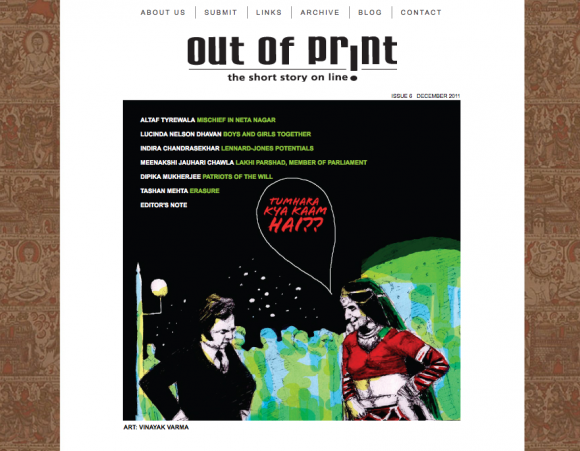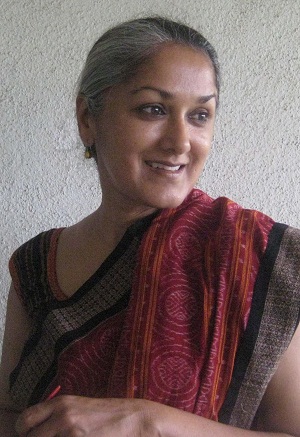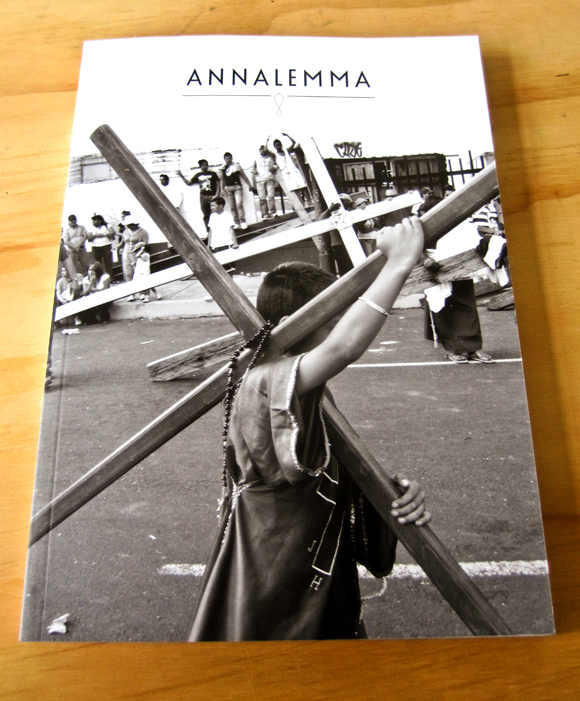Out of Print is an Indian online lit journal dedicated to providing a platform for writers of short fiction with a connection to the subcontinent. While doing research and outreach for Annalemma Issue Nine: India, I had the chance to speak with the founding editor Indira Chandrasekhar about the climate of Indian literature, important Indian writers and common themes in Indian literature.
How did you get started with your publication?
The relative dearth of English language outlets for short fiction when I started looking to place my own writing was what got me started. After that, it was conversations – with our marvellous editors, Mira Brunner and Samhita Arni, our web consultants, Resource Design in Bangalore, our designer, Yamuna Mukherjee of Kiri Design, and of course, our sponsor, Brothers Twain, that brought Out of Print together.
What’s the most important thing Western readers should know about Indian literature?
I hesitate to be prescriptive, particularly when talking about ‘Indian’ literature, which, I believe is as complex and diverse and sophisticated and hard to define as India or, dare I say, the subcontinent itself. Every region is multi-layered and has its language, every language its own subtle cultural voice and context which translates into the written word be it in English or otherwise. And yet, there is in my opinion, an undeniable commonality of perspective and understanding. Does that come from our shared geography, history and politics, how do the nuances of the urban subculture define our contemporary space? It is those questions, particularly with the growing strength and confidence of the Indian writer in English and the emergence of a strong presence outside of the diasporic angst, which we at Out of Print are curious to explore.
What are some commonalities you see in fledgling Indian writers?
Well, our editor Samhita, who is of the generation of new writers has this to say: because of the economic boom, and the growth of the publishing and affiliated (e.g. media, journalism) industries, it’s possible for a writer of my generation to live in India, and eke out a living as a writer. So I think there are also more journalists who also write fiction and conversely, aspiring novelists who supplement their income with journalistic assignments – and thus some amount of the new literature coming out seems to reflect that ‘journalistic’ world view. Being a writer is now starting to have acceptance as a viable career option.
I would hesitate to see too many commonalities of style. There are various ‘groups’ emerging. For example, there is a whole school of fiction writers from the business, engineering and technical fields who address a commercial mainstream market. There is a growing readership – books aren’t luxury items anymore, and writers are addressing this new readership – many of them reading books for the first time.
I think there’s also a greater engagement or at least awareness, even among IWE (Indian Writers in English) writers, with vernacular, regional language traditions and literature. Salman Rushdie once spoke scathingly of Indian writing in languages other than English (I suspect he meant contemporary writing, because Haroun and The Sea of Stories draws on ancient, storytelling traditions) – I don’t think any writer could make such a remark today.
How do you see Indian literature influencing the global literary landscape?
Aha, when worthy magazines such as Annalemma run an India issue, it seems to me we have the answer!
Who are some writers Americans need to be reading?
With increasing accessibility of translated literature, writers who write in languages other than English such as U.R. Ananthamurthy who appears in our September 2011 issue. And the wide and interesting range of writers – Kuzhali Manickavel, Anjum Hasan, Murzban Shroff, K R Usha, Altaf Tyrewala, Annam Manthiram, Chandrahas Choudhury, and the many others whom we feature on Out of Print.
{photo: Mira Brunner}






















